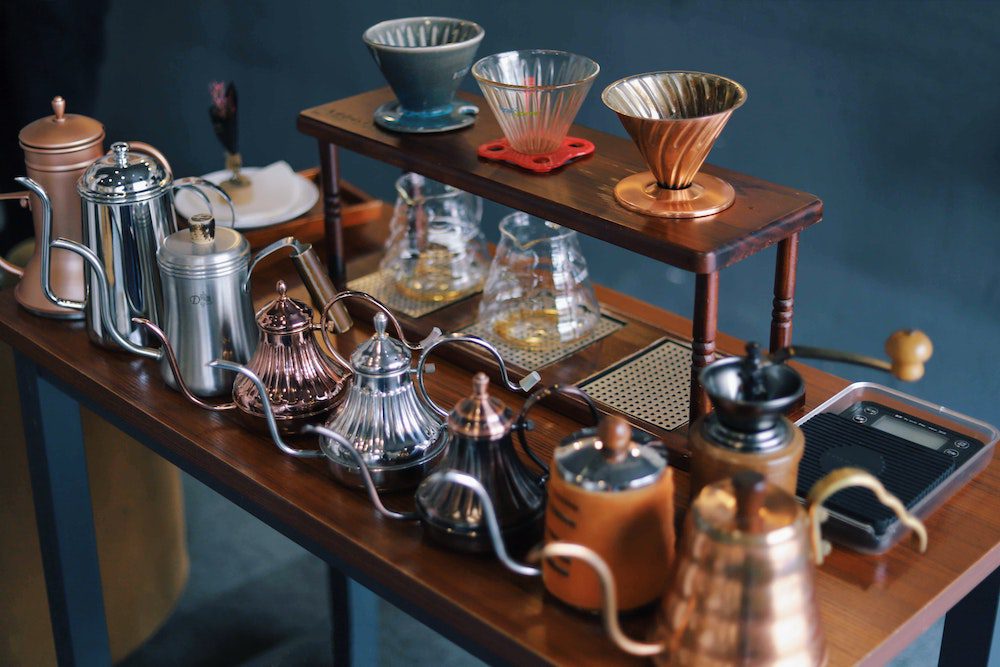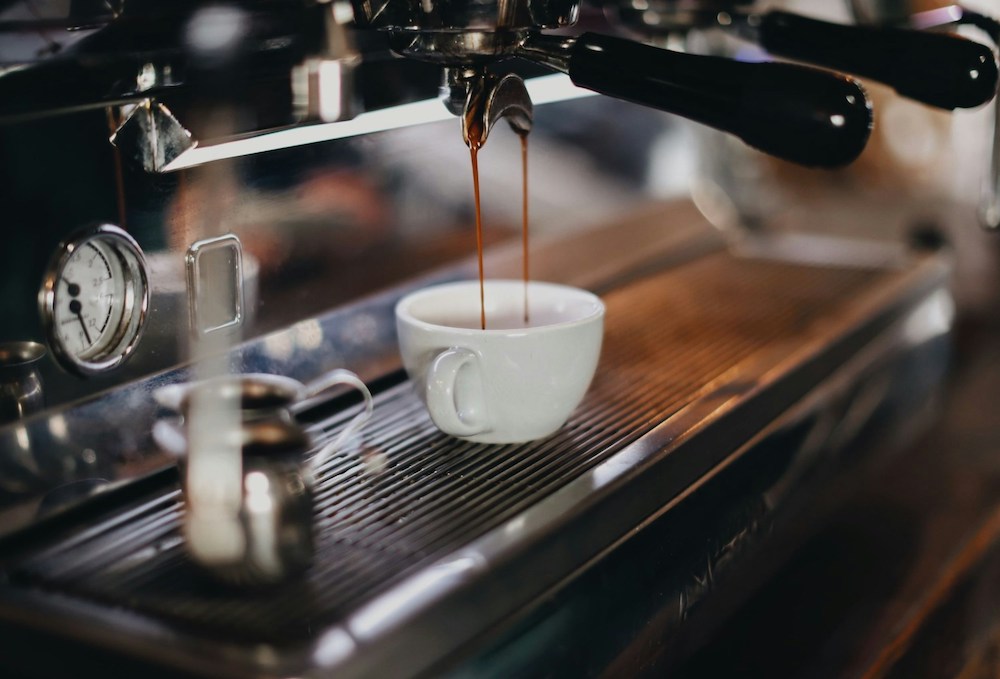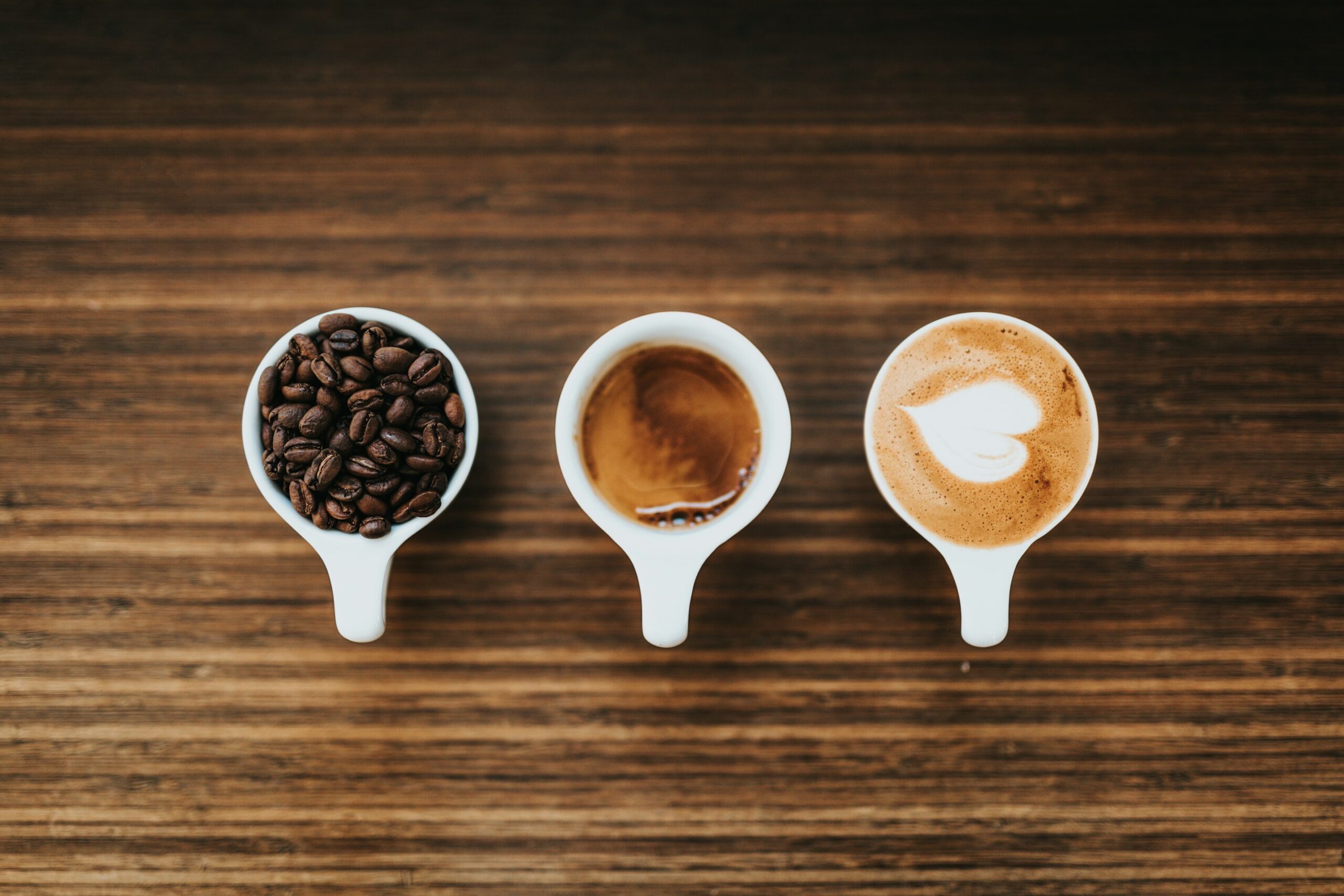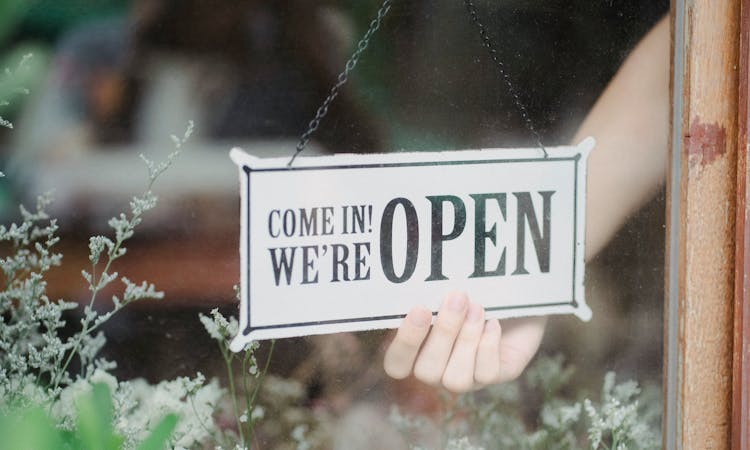Coffee is a drink that is adored by millions, and you’re unlikely to find a corner of the globe that doesn’t enjoy a cup or two. Thanks to its rich legacy, coffee culture has evolved differently across many nations, resulting in a diverse range of brewing methods. If you’re missing your favourite Esquires Coffee shop, why not try making one of these delicious world brews at home?

The Press
Perhaps one of the best-known brewing methods, the press, French press, cafetière or coffee plunger is used all over the world, but it was first invented in France. Pressed coffee extracts more oil from the beans giving the resulting cup a clean taste and a thicker texture than some other methods.
How to Brew
Using coarsely ground coffee beans and a press, add one tablespoon for each four-ounce cup of coffee required. Pour hot water evenly over the beans and stir if necessary. Let the coffee sit for two to four minutes and then slowly push down the plunger.
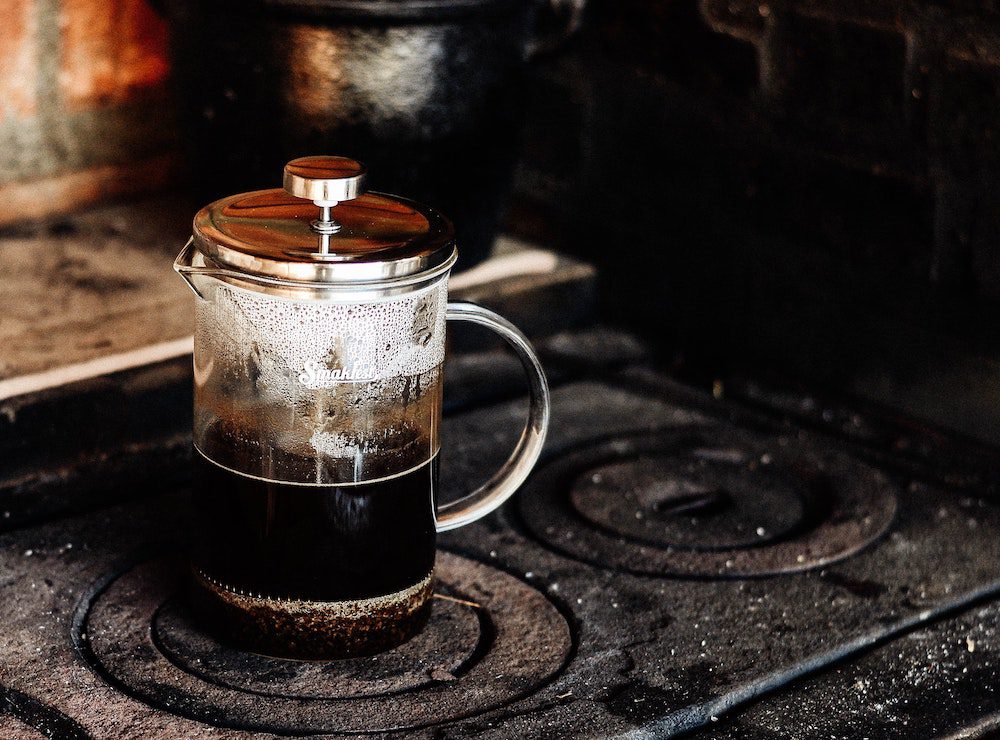
Coffee Sock
For the eco-conscious, the coffee sock is a renewable brewing method inspired by the traditional Central and South American style. Designs vary, but generally, a cotton or muslin cloth is used. Coffee grounds are added, and hot water is poured over the top, causing the coffee to drip through the fabric.
How to Brew
Various kits are available, so it’s best to follow the manufacturer's instructions. We recommend using medium to coarsely ground beans to avoid particles escaping through the fabric.
Turkish Coffee
Robust and thickly textured, Turkish coffee is a brewing method found most commonly in Turkey, Greece and throughout the Middle East. However, it is also found in some variations across Eastern Europe. Traditional Turkish coffee is brewed using very finely ground beans and a special coffee pot called cezve, also known as ibrik. Sugar is usually added, however, unsweetened versions are also made.
How to Brew
Add one heaped teaspoon of powdered coffee to every four ounces of water and one to two teaspoons of sugar to the pot. Heat until the liquid comes to a frothy boil and remove to cool, this process can be repeated several times to increase the frothiness. Let the mixture rest before serving; the coffee grounds do not need straining as they should settle to the bottom of the pot.
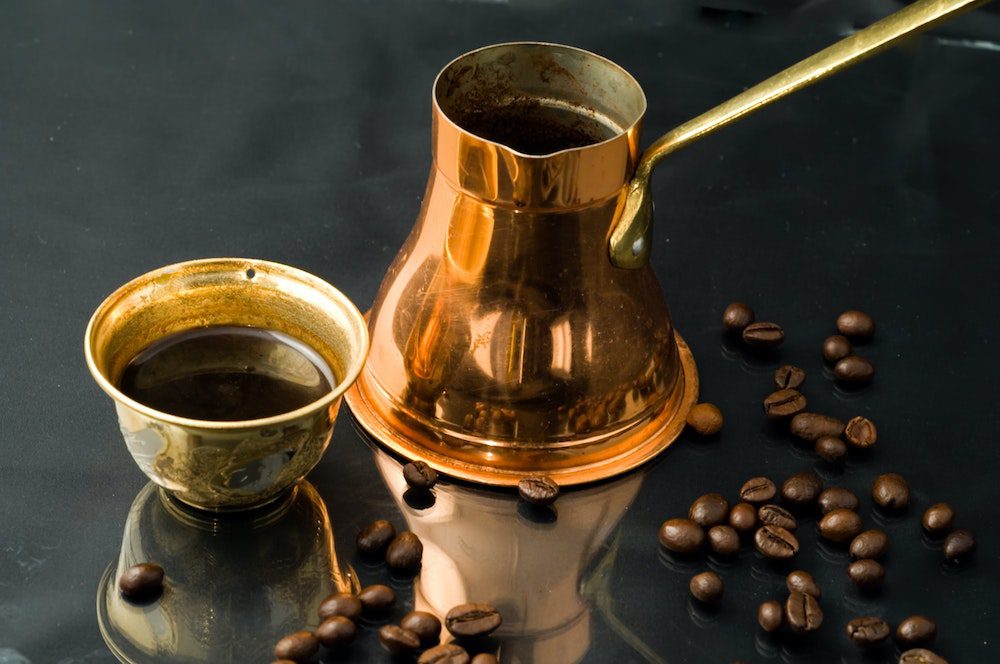
Vietnamese Coffee
Vietnam is the second-largest producer of coffee in the world and as a result, Vietnamese consume a fair amount of it themselves! Vietnamese coffee uses a small metal coffee maker which is placed directly on top of the cup to allow the coffee to gently steep through. Traditionally it is served with a generous layer of condensed milk at the bottom, adding an indulgently sweet flavour that complements the richness of the coffee.
How to Brew
Placing the flat drip pot over a cup, add coffee grounds and cover with hot water. For an authentic tasting brew, it is best to use a dark roast Robusta bean. Serve with condensed milk. It can be served hot or poured over ice.
Vietnam is also famous for its interesting but delicious egg coffee! Find out more about it here.
Moka Pot
A Moka pot is an electric or stove heated coffee pot that hails from Italy and is still a popular brewing method in homes across the country. Pressurised boiling water is passed through a chamber of coffee, resulting in a brew that is very similar to an espresso machine.
How to Brew
Moka pots are very easy to use. Always follow the manufacturer's guidelines; however, it usually entails adding water to one chamber, coffee and a filter to another and away you go!

As a coffee franchise, Esquires values its customers to the highest standard! We are looking forward to seeing you all again when it is safe to do so and, in the meantime, keep an eye on our website and socials for more coffee tips and news!
